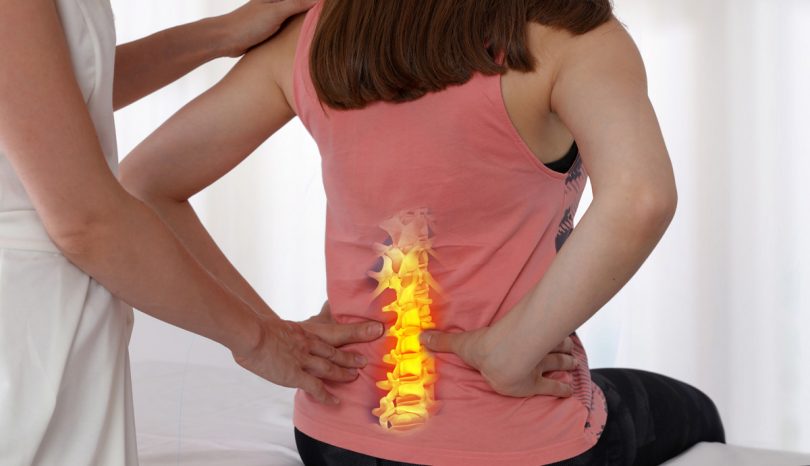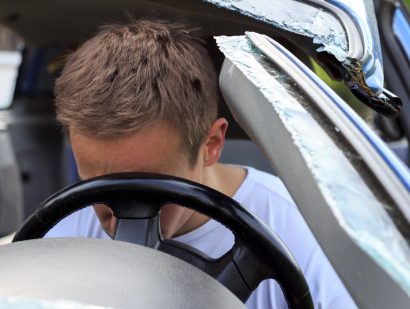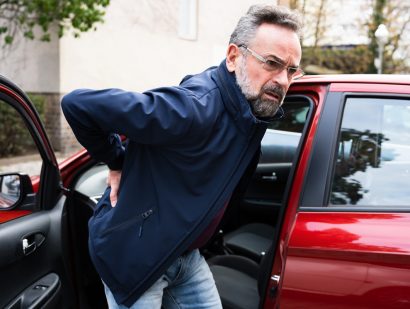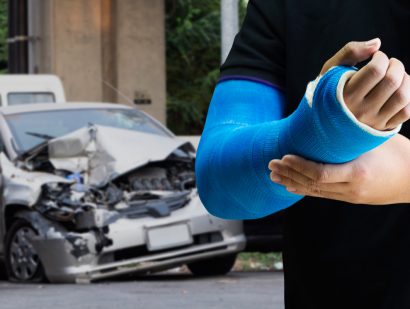- Find A Medical Provider
- Auto Injuries
- Common Injuries
- Medical/Pharmaceutical
- Types of Medical Injuries
- Malpractice Injuries
- Drug and Medical Device Injuries
- Drugs and Devices Linked to Cancer
- Opioid Addiction
- Drugs and Devices Known to Cause Injury
- 3M Combat Arms Earplugs – Hearing Loss
- Accutane
- Aciphex
- Actonel
- Actos
- Adderall and Ritalin
- Advair
- Aldara (Imiquimod)
- Alli
- Ambien
- Amiodarone
- Anzemet
- Aptivus
- Aranesp
- Arava
- Atorvastatin
- Avandia
- Benicar
- Birth Control Medication
- Blood Thinners
- Essure
- Fosamax (Alendronate Sodium)
- Gadolinium-Based MRI Contrast Agents
- Granuflo
- Hernia or Surgical Mesh Injuries
- Hydroxycut
- Inferior Vena Cava Filters
- Invokana Toe and Foot Amputations
- Ketek
- Levaquin
- Lipitor
- Mirapex
- Neurontin
- Onglyza
- Over-the-Counter Medications
- OxyContin
- Paxil
- Power Morcellators
- Pradaxa
- Propecia
- Reglan
- Talc Powder
- Trasylol
- Valsartan
- Viagra
- Xolair
- Zelnorm
- Zoloft
- Work Injuries
- Sports Injuries
- Marketing Services
- Blog
List your practice on InjuredCare | Log in / Sign up
Spinal Injury

Auto accidents are the leading cause of spinal cord injuries (SCIs) for those 65 and younger in the US. The thrashing, twisting and flying debris of even a low speed collision can compromise the spinal cord, leaving accident victims with devastating injuries.
Car accidents can be scary, frustrating and confusing experiences. When you add the sudden loss of function and/or sensation in one or more limbs, it only heightens those emotions. If you have sustained any form of spinal cord injury as the result of a car accident, it's important to stay calm and await emergency medical attention to avoid further complications.
Types of Spinal Cord Injuries
Tetraplegia - This occurs from an injury to the cervical spine in the neck. The result is paralysis in all limbs, also referred to as quadriplegia. Tetraplegia may also affect bowel, bladder and respiratory function.
Paraplegia - Paraplegia occurs in the thoracic or lumbar end of the spine and results in lower body paralysis. The higher up on the spine that the injury occurs, the more potential nerve damage and body function loss there is.
Complete SCI - This results in loss of all motor and sensory function. Complete spinal cord injuries occur from a contusion or bruise in the spinal cord or compromised blood flow to the spine.
Incomplete SCI - Typically affects one side, both legs or one extremity. Also referred to as Triplegia.
Inflammation or swelling - Bleeding, swelling or inflammation may occur as a result of a car accident. This may place pressure on the spinal cord, which can lead to nerve damage or loss of movement in parts of the body.
Signs of Severe Spine Injury
- Sensory loss in extremities.
- Sustained weakness.
- Instability or trouble walking.
- Trouble breathing.
- Loss of bladder or bowel control.
- Extreme pain or pressure in neck or back.
Spine Injury Management
The first few hours after an SCI are critical to the long-term condition of the patient. First and foremost, it is important to prevent further complications by stabilizing the neck and spine, providing oxygen if needed, reducing the presence of swelling, and making critical corrections to the spine.
Working with the patient, performing physical testing or scans, helps medical providers identify the extent of the injury to inform them about the necessary emergency treatments. Since no treatment has been developed to help reverse the effects of paralysis, doctors can only help patients manage the symptoms and adjust to life after SCIs. Post SCI treatments and therapies include:
Spinal traction - Spinal traction is the process of physically or mechanically manipulating the spine to help relieve pressure and adjust the spine back into proper alignment. Performed in the ER or overtime with a chiropractor, correcting your alignment will help strengthen your spinal cord and lower the risk of your condition worsening.
Steroid injection - Steroids are aggressive anti-inflammatories that can quickly reduce swelling around the spine. Excess pressure can create further sensory and nerve damage. Injections immediately following the accident give patients the best chance of avoiding complications as a result of swelling.
Surgery - If the doctor finds it necessary, he will carefully operate around the spine to remove damaged tissue, bone fragments and reduce fluid buildup and swelling.
Physical therapy - Reclaiming or building up strength and coordination after a car accident is important. This is especially the case after a spinal cord injury where part of your body is no longer functional. Working with a physical therapist will help empower SCI patients to successfully adapt to this new way of life.
Chiropractic Care - A spinal adjustment can effectively correct a nerve impingement and/or reduce inflammation and swelling, alleviating pain while simultaneously improving flexibility and range of motion. By properly realigning your vertebrae within your spinal cord, chiropractic care can increase blood flow, which also reduces pain and facilitates healing.
Occupational therapy - Occupational therapy focuses on developing fine motor skills to make the patient's life easier. Therapists work on developing the patient's hand coordination and strength in order to perform necessary life functions. Damage to the spinal cord creates a disruption in nerve communication and function, making things like eating or buttoning a shirt a challenge. Occupational therapists help combat these challenges and make patients more independent following an SCI.
Vocational therapy - Vocational therapy focuses specifically on the mental and physical tools an SCI patient will need to resume work. From typing to interpersonal skills, vocational therapists (VTs) are adept at working with SCI patients to maximize their professional potential. VTs work to establish which positions best suit the patient's current condition. A career shift may be required, but VTs prepare patients to put them in the best position to succeed.
Spinal injuries are life altering events. Utilize local spine health specialists and therapists to ease the adjustment to life following an SCI, both physically and mentally.









